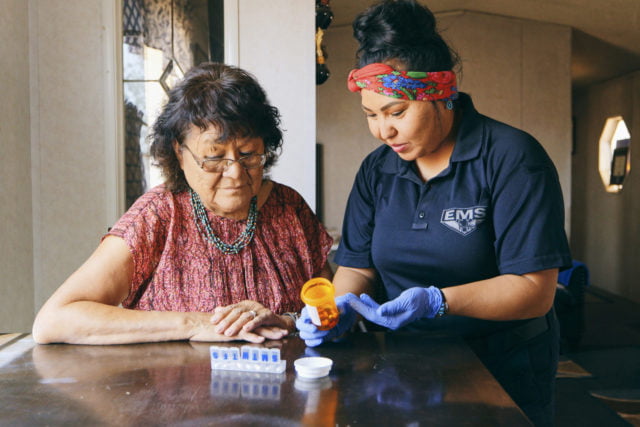
The Role of Occupations in Differentiating Health Trajectories in Later Life
Abstract
This study characterizes heterogeneous trajectories of health among older Americans and investigates how employment histories differentiate them. Using the 1998-2010 waves of the Health and Retirement Study, we examine the impact of longest-held occupations on patterns of limitations in activities of daily living. We use latent class growth analysis to identify distinct health trajectory classes and linear growth curve analysis to model the pattern of limitation accumulation for individuals. All analyses are stratified by sex and race, to account for differential labor markets and health experiences of these demographic groups. A limitation of this analysis is its reliance on broad occupational categories rather than specific measures of working conditions. In future work, we plan to incorporate data on specific occupations and merge them with detailed information on occupational characteristics available in the O*NET database (an online repository that has updated the Dictionary of Occupational Titles used in previous research on aging and retirement and occupational epidemiology: http://www.onetonline.org/).
The paper found that:
- White respondents (both male and female) are substantially more likely to be in the healthiest class compared to black respondents.
- Certain occupations are protective against membership in poor health classes, but the list of protective occupational categories differs substantially by sex and race.
- The impact of occupations on health trajectories was diminished when we controlled for educational attainment and smoking, suggesting the important role of education in sorting individuals into occupations that differ in physical and cognitive demands that likely influence health.
The policy implications of the findings are:
- Life expectancy alone does not capture all the health information that would be relevant for assessing the capacity of American workers to stay on the job beyond traditional retirement ages. Legislators should consider differences in health and in the trajectories of functional decline across demographic groups defined by sex, race, and occupational exposures when debating further increases in the Social Security retirement age.







